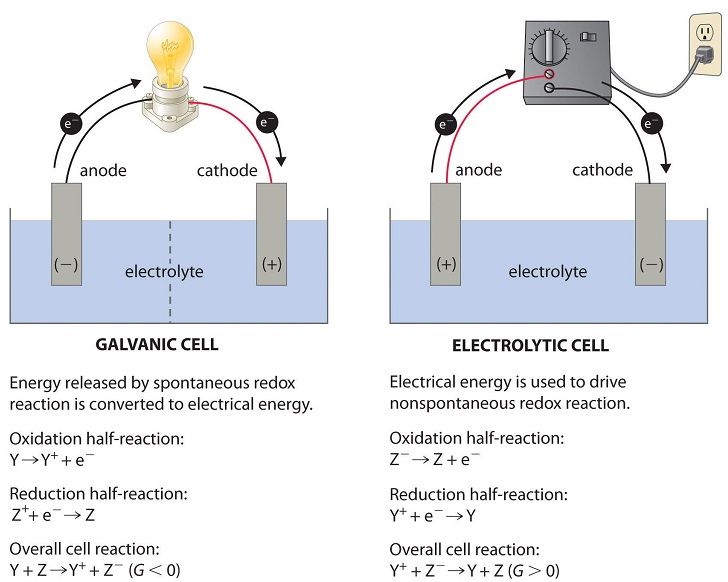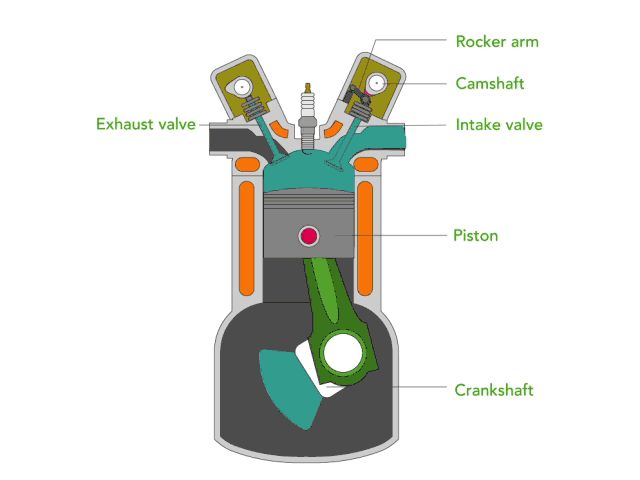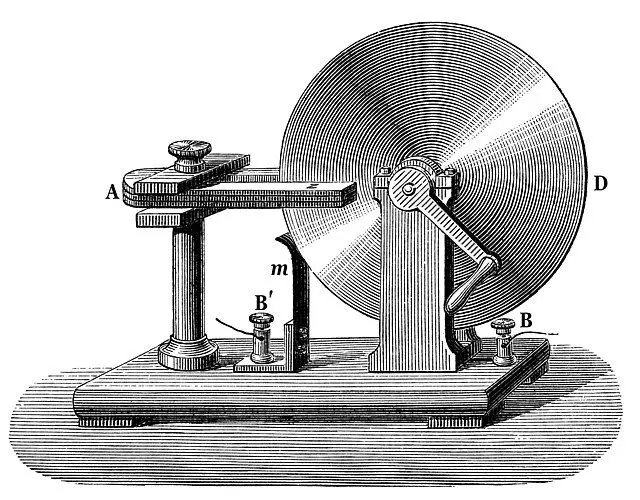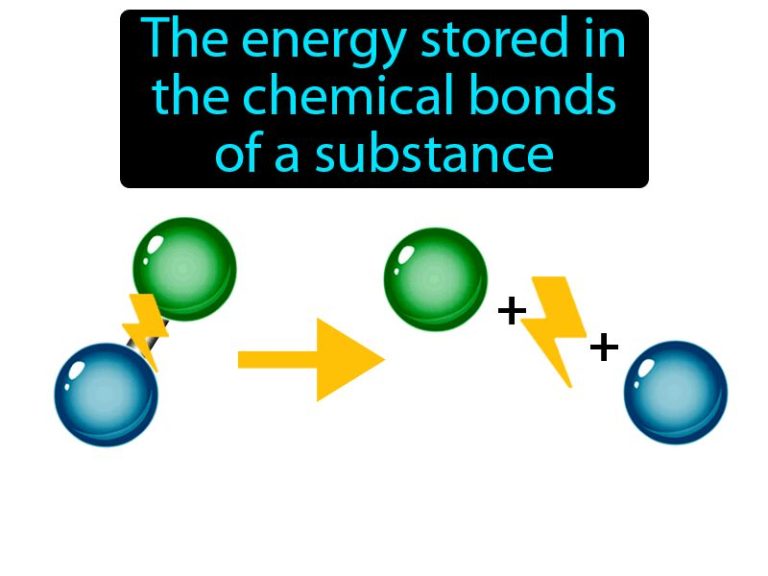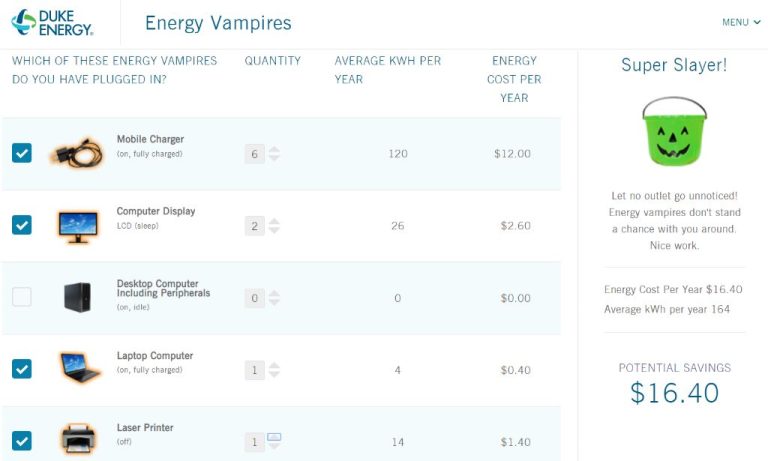What Is The Potential Of Potential Energy?
What is Potential Energy?
Potential energy is the stored energy an object has due to its position or state. It refers to the capacity for doing work that an object has because of its structure or position in a field of force.
Some common examples of potential energy include:
- A rollercoaster at the top of a hill. The rollercoaster has gravitational potential energy because of its height above the ground.
- Water held behind a dam. The water has gravitational potential energy that can be converted to kinetic energy when released.
- A compressed or stretched spring. The deformation of the spring gives it elastic potential energy.
- Chemical energy stored in batteries. This is an example of chemical potential energy.
In all these examples, there is stored energy that has the potential to be converted into motion. Potential energy is waiting to be unleashed.
Types of Potential Energy
There are three main types of potential energy:
Gravitational Potential Energy
Gravitational potential energy is energy stored in an object due to its height above the ground. The higher the object is above the ground, the more gravitational potential energy it has. For example, a book held 3 meters above the ground has more gravitational potential energy than a book held 1 meter above the ground. The equation for gravitational potential energy is:
PEgrav = mgh
Where m is mass, g is the acceleration due to gravity, and h is height above the ground.
Elastic Potential Energy
Elastic potential energy is energy stored in elastic materials that are stretched or compressed. For example, a stretched rubber band or compressed spring has elastic potential energy. This energy gets released when the material returns to its original shape. The more an elastic material gets deformed, the more elastic potential energy it stores.
Chemical Potential Energy
Chemical potential energy is energy stored in the bonds between atoms and molecules. This energy gets released when chemical bonds are broken, such as through burning or metabolizing food. The energy stored depends on the types of molecules and the strength of their chemical bonds.
Calculating Potential Energy
Potential energy can be calculated using the following formula:
PE = mgh
Where:
- PE is the potential energy in joules (J)
- m is the mass in kilograms (kg)
- g is the acceleration due to gravity, which on Earth is 9.8 m/s2
- h is the height in meters (m)
This formula shows that an object’s potential energy increases linearly with mass. Doubling the mass doubles the potential energy. It also increases linearly with height – doubling the height doubles the potential energy.
Gravity is constant, so potential energy changes only depend on changes to mass or height. The higher the object is lifted and the greater its mass, the greater its potential energy will be.
Potential Energy vs Kinetic Energy
Potential and kinetic energy are two of the most important concepts in physics. While they may seem quite different at first glance, they are actually two sides of the same coin.
Potential energy is energy that is stored and ready to be used. A common example is gravitational potential energy, such as a ball held at a height above the ground. The ball has the potential to do work based on its position. Other types of potential energy include chemical energy stored in the bonds of molecules and elastic potential energy stored in stretched springs.
Kinetic energy, on the other hand, is energy in motion. A ball rolling down a hill, a person running, and electrons moving through a wire are all examples of kinetic energy. The faster or heavier an object is moving, the more kinetic energy it possesses.
A key difference between potential and kinetic energy is that potential energy is stored, while kinetic energy is actively in motion. However, they can convert back and forth between one another. For example, when the ball at height is dropped, its potential energy is converted into kinetic energy as it accelerates downward. This conversion between potential and kinetic energy is a fundamental basis of physics and allows many processes in nature and technology to occur.
Understanding the relationship between potential and kinetic energy is crucial across many fields, from mechanical engineering to biochemistry. The interplay between storing energy in one form versus having it in motion as another form is central to how energy flows and work is accomplished in our universe.
Conservation of Energy
The law of conservation of energy states that energy can neither be created nor destroyed, only converted from one form to another. This means the total amount of energy in a closed system always remains constant.
For example, when a ball is held at a height, it contains potential energy due to gravity. When released, this potential energy is converted to kinetic energy as the ball falls. The kinetic energy continues converting to other forms when the ball bounces and eventually comes to rest, but the total amount of energy remains the same.
This principle is extremely important in physics and engineering. Knowing the total energy in a system allows predictions about how that energy can be transferred between objects and forces in the system. Devices and mechanisms can be designed to maximize desirable energy conversions.
In short, the conservation of energy law tells us energy can only change forms – the total energy of a closed system always stays the same.
Examples of Potential Energy Conversion
One of the most entertaining everyday examples of potential energy conversion is on a roller coaster. At the top of the first hill, the roller coaster train has a certain gravitational potential energy due to its height and mass. As the train begins descending down the hill, this potential energy gets converted into kinetic energy as it picks up speed. The kinetic energy continues increasing until the train reaches the bottom of the hill.
Another common example is a pendulum. As the pendulum swings back and forth, it is converting between gravitational potential energy at the endpoints of its swing, where it momentarily stops, and kinetic energy as it swings through the bottom, middle portion of its arc. The total mechanical energy remains constant, obeying the law of conservation of energy.
A basic physics example is rolling a ball up a hill. As the ball is rolled up the slope, it gradually loses kinetic energy while gaining an equal amount of gravitational potential energy due to the increasing elevation. When the ball reaches the crest of the hill, all of the kinetic energy will have been converted to potential energy. As the ball rolls back down the other side of the hill, this potential energy gets converted back to kinetic energy.
Importance and Applications
Potential energy plays a vital role in many areas of physics and engineering. It allows us to store energy in objects and systems and harness it for useful work.
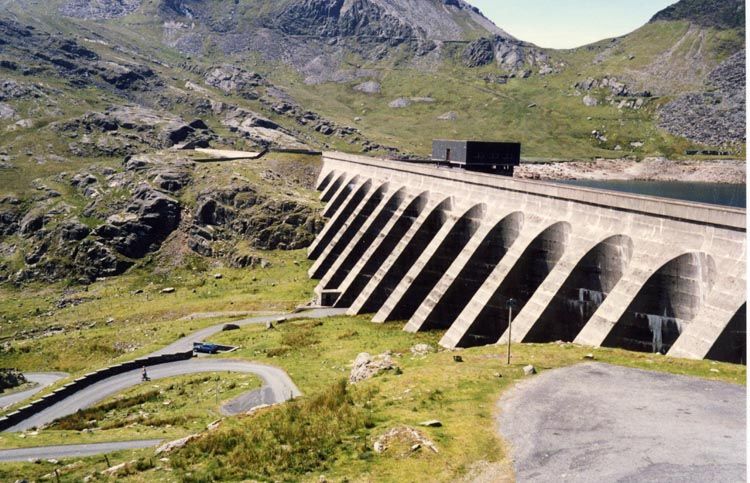
One of the most common examples is hydroelectric dams. Here, the potential energy of water held behind the dam is converted to electricity as it flows down through the turbines. The higher the dam, the more gravitational potential energy the water has to generate power.
Springs are another everyday example. When you compress or stretch a spring, you store elastic potential energy in it. This can then be released to power toys, mechanisms or even larger machines.
Chemical potential energy is what powers batteries and fuel cells. Reactions between chemicals contain stored potential energy that can be tapped to produce electricity on demand.
Other applications using potential energy include pumped hydro storage, flywheels, compressed air energy storage and gravity-powered machines. In each case, we are taking advantage of physics to collect and hold energy for later use.
Understanding potential energy is key for designing efficient systems that can effectively collect, store and harness this important resource.
Fun Facts About Potential Energy
Potential energy can be found almost anywhere. Here are some fun facts about this important form of energy:
The highest gravitational potential energy on Earth is found at the top of Mount Everest. At 29,029 feet (8,848 meters), Mount Everest has the highest elevation above sea level. An object at the peak has maximum gravitational potential energy compared to anywhere else on the planet.
Springs and rubber bands are simple examples of stored elastic potential energy. The tension force within compressed or stretched springs and rubber bands gives them the ability to do work.
Hydroelectric dams rely on potential energy to generate electricity. The water stored behind dams has gravitational potential energy that can be converted into kinetic energy as it falls, which then spins turbines to create power.
Chemical potential energy is what fuels our bodies. Food contains chemical energy that is converted into kinetic energy as our cells break down nutrients. This allows us to move, grow, and function.
Nuclear power plants utilize nuclear binding energy. The enormous potential energy stored within atomic nuclei gets released as nuclear reactions occur, heating water to spin turbines.
Gravitational potential energy increases as objects get farther from Earth. Rocket launches require maximizing kinetic energy to escape Earth’s gravitational pull. The farther they travel from Earth, the more gravitational potential energy is gained.
Common Misconceptions
There are a few common misconceptions about potential energy that are important to clarify:
Potential energy is “stored” energy – This isn’t quite right. Potential energy exists as a property of an object’s state or configuration. For example, a ball at the top of a ramp has gravitational potential energy due to its height above the ground, not because any energy has been “stored” in the ball.
Objects “have” potential energy – Objects do not contain or possess potential energy intrinsically. Potential energy exists as a relationship between an object and its environment. For example, a ball only has gravitational potential energy when it is situated in a gravitational field above the ground. The potential energy arises from the gravity and height, not from within the ball itself.
Potential energy is only “spent” or “used up” – While potential energy can be converted to kinetic energy, it is not spent or lost in the process. Energy is always conserved and simply converted between potential and kinetic. For example, as a ball falls, its potential energy decreases but its kinetic energy increases by the same amount.
Conclusion
In summary, potential energy is the stored energy an object has due to its position or state. The main types of potential energy are gravitational, elastic, chemical, nuclear, and electrical potential energy. Potential energy can be calculated by multiplying an object’s mass, gravity (or a force constant), and height (or displacement). This potential energy can be converted into kinetic energy, which is the energy of motion. The law of conservation of energy states that the total energy in a closed system remains constant. Potential energy has many important applications, from hydroelectric dams and bungee jumping to batteries and nuclear power plants. While often overlooked compared to kinetic energy, potential energy is a fundamental concept in physics that empowers everything from rollercoasters to chemistry.
The potential of potential energy is immense. By understanding how to calculate, utilize, and convert potential energy, scientists and engineers have found countless ways to harness it. Potential energy gives us the ability to store energy in batteries, stretch a slingshot back, lift a rollercoaster to its peak height, and split atomic nuclei. Without potential energy, the world would be static and inert. With it, we can power homes, vehicles, toys and more. Whether we realize it or not, potential energy surrounds us and makes our modern lives possible.

